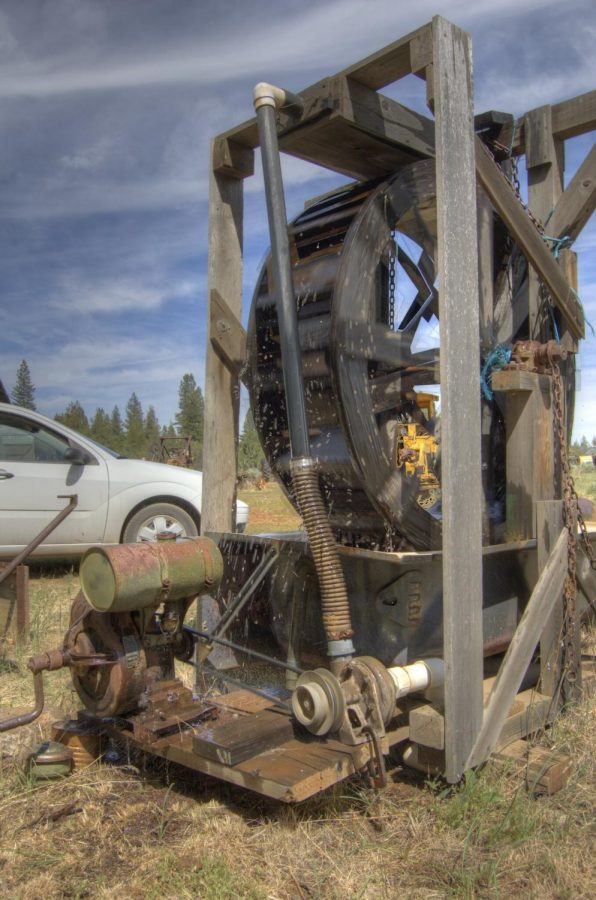Perpetual Motion Machines, And Why They Never Work.
“Water wheel-driven gasoline-making perpetual-motion machine HDR” by Darron Birgenheier is licensed under CC BY-SA 2.0
What Are Perpetual Motion Machines
Perpetual motion machines are machines that move forever, either by powering themselves or flipping weights. Some examples are Da Vinci’s infinite spiral or A modern engine powering itself by spinning a coil around magnets to create energy. Either way, this is impossible.
The First Perpetual Motion Machine
The first recorded instance of a perpetual motion machine was described by the Indian author Bhaskara in the 12th century. His idea was a wheel with separate containers spiraling from the center. Each of these segments would be filled with mercury, so it would spill over and turn the wheel, spilling the next container and so forth forever.
Why They Never Work
The reason why perpetual motion machines never work is because of friction. Even if you plug an engine into it self some energy will be lost in the transit, or even the air will make it a little slower. The air molecules will push back onto Da Vinci’s wheel, or the mercury will stick in Bhaskara’s spiral. If it would work, physics would have to be re-made. While trying to make perpetual motion machines, it will always be impossible.
RELATED STORIES:
https://www.atlasobscura.com/places/beverly-clock
https://www.livescience.com/55944-perpetual-motion-machines.html
https://www.wired.com/story/the-physics-of-a-puzzling-perpetual-motion-machine/















